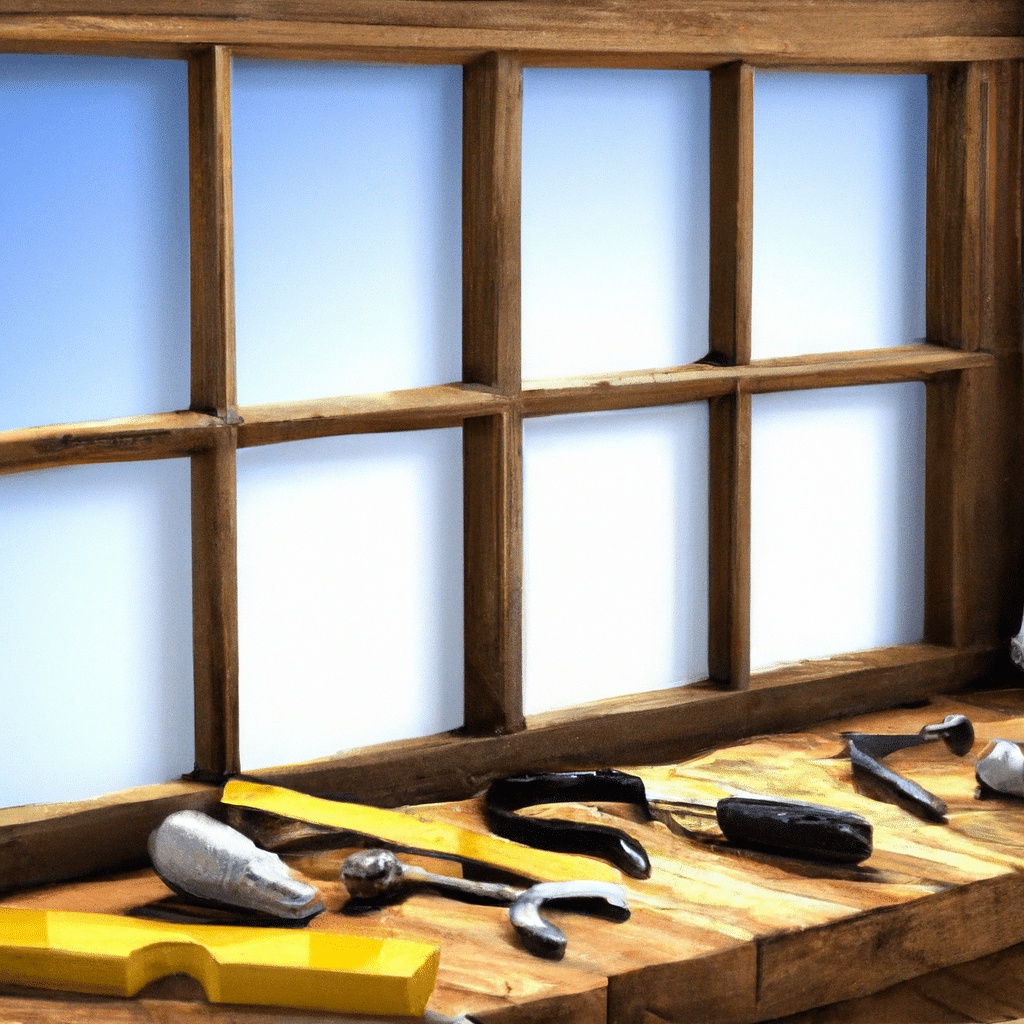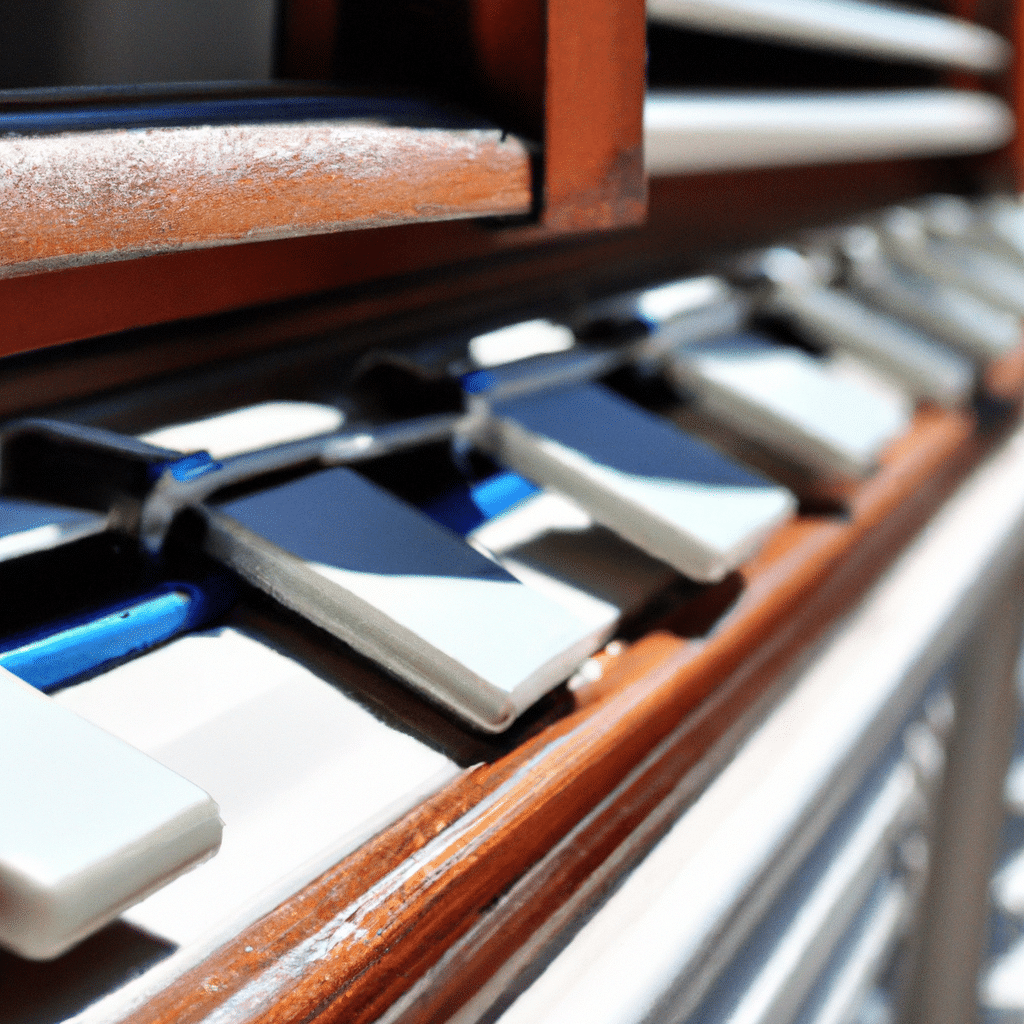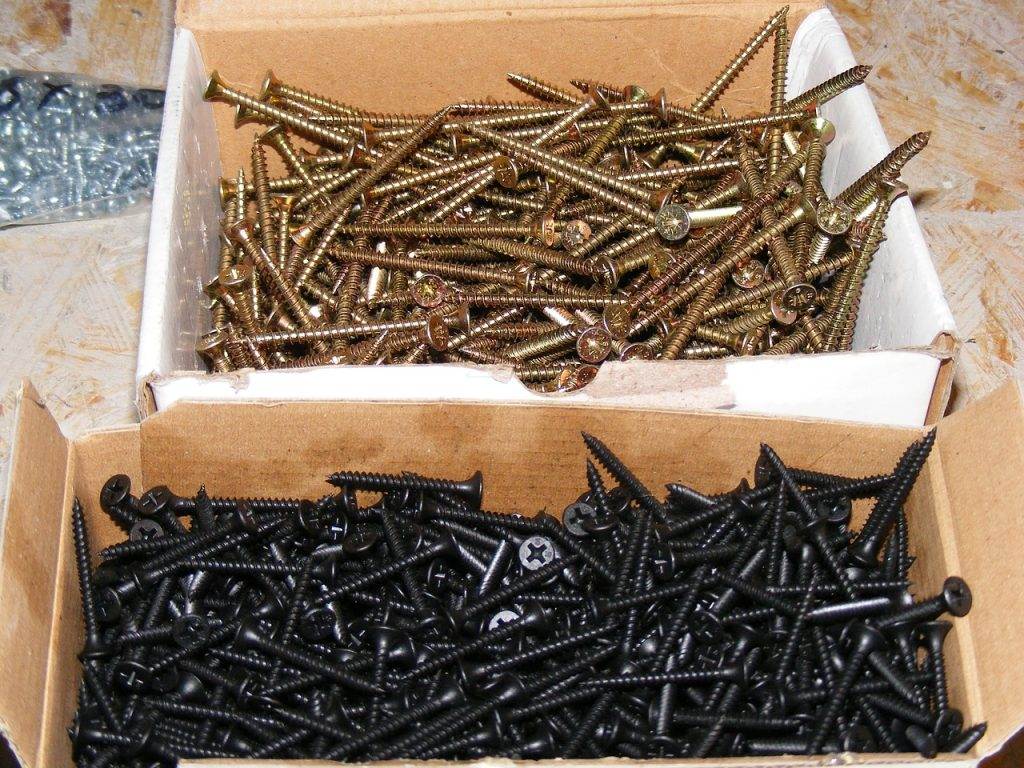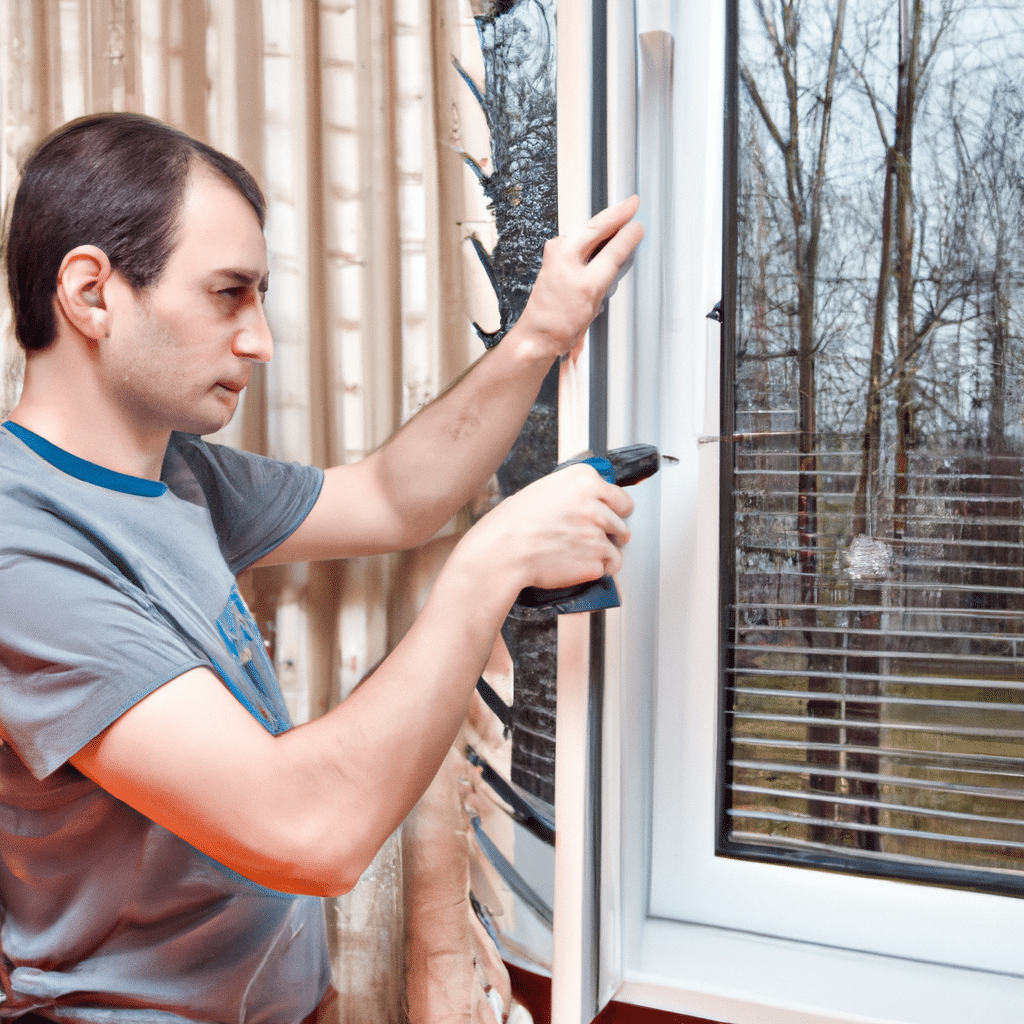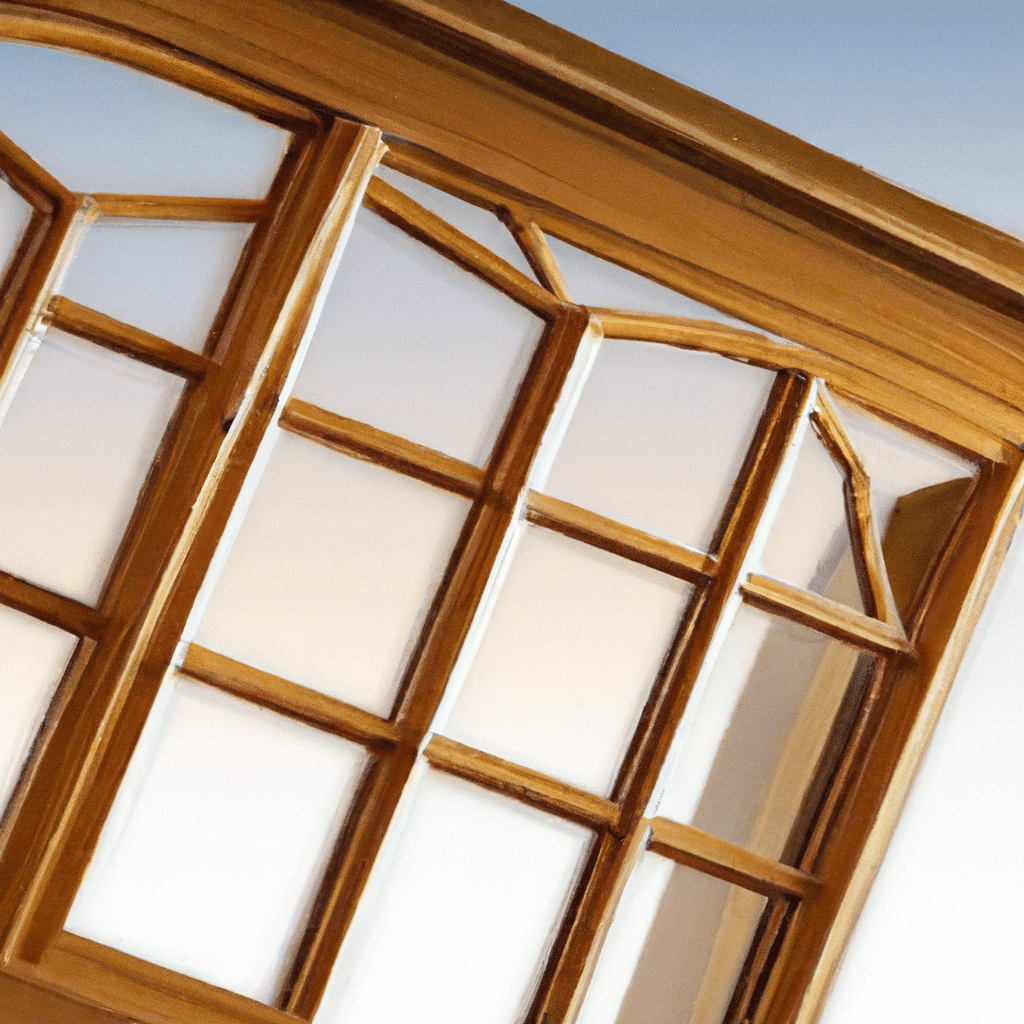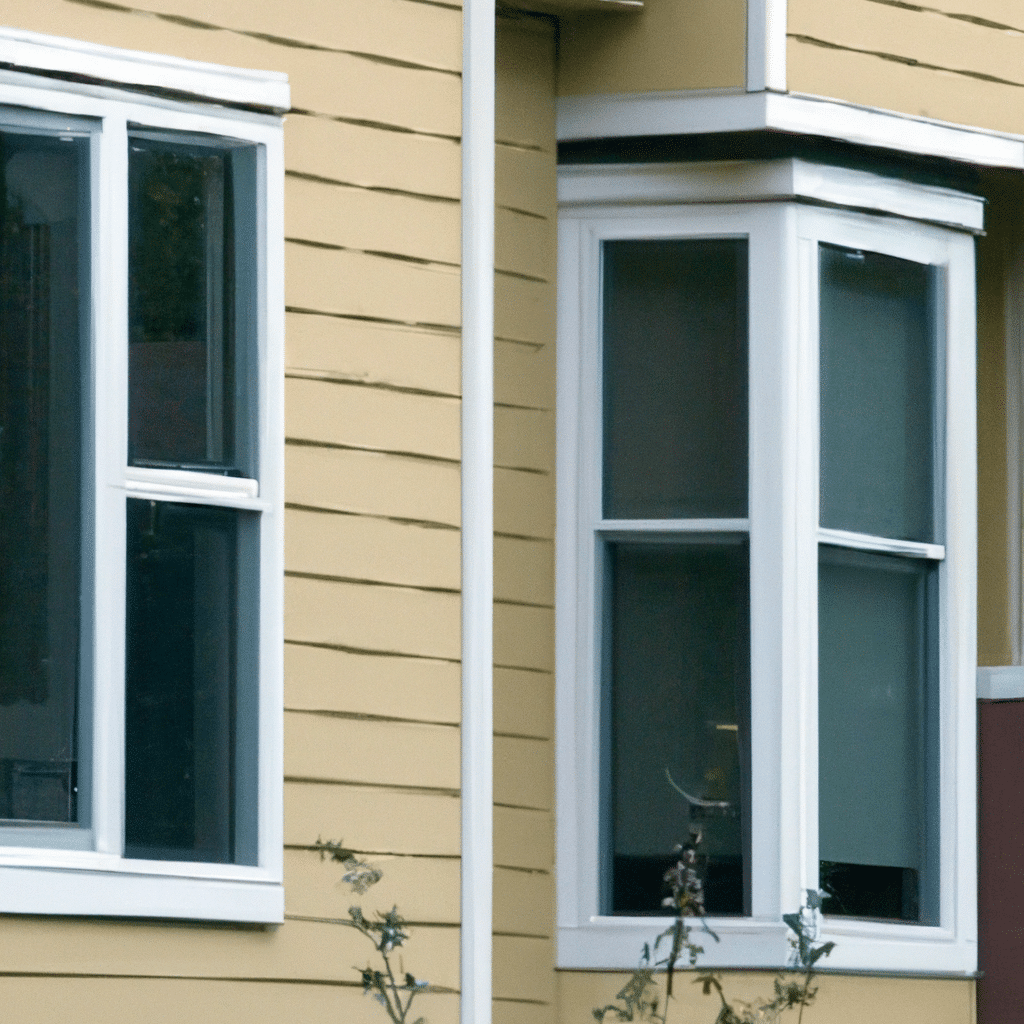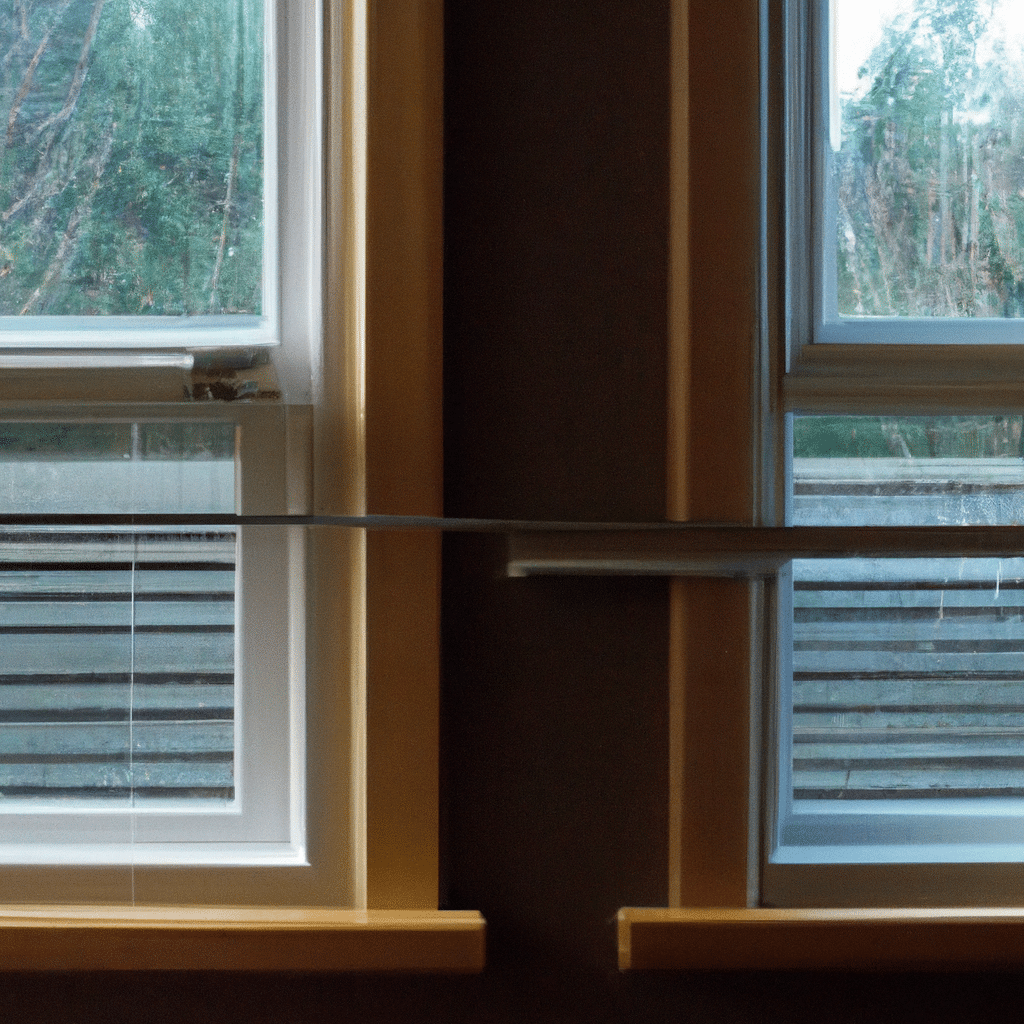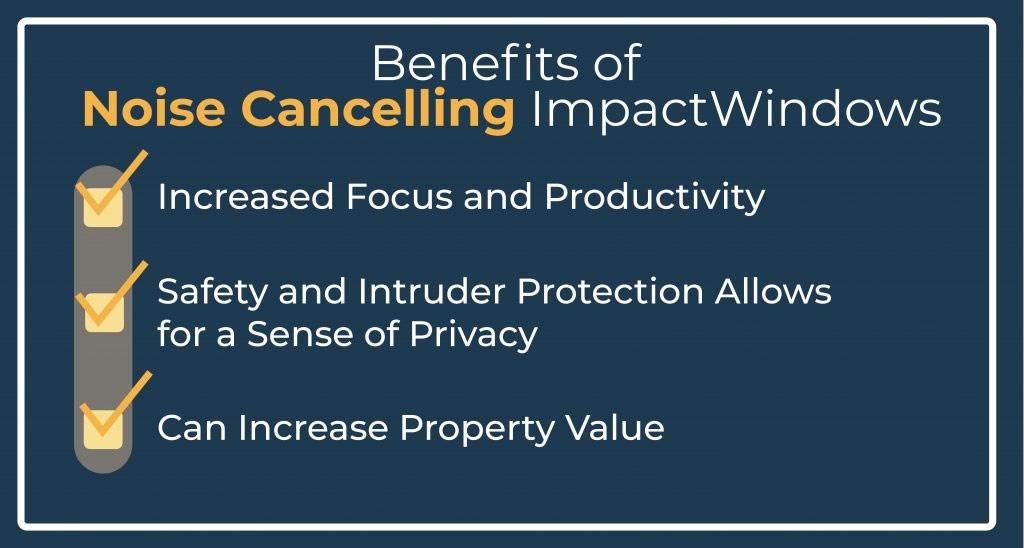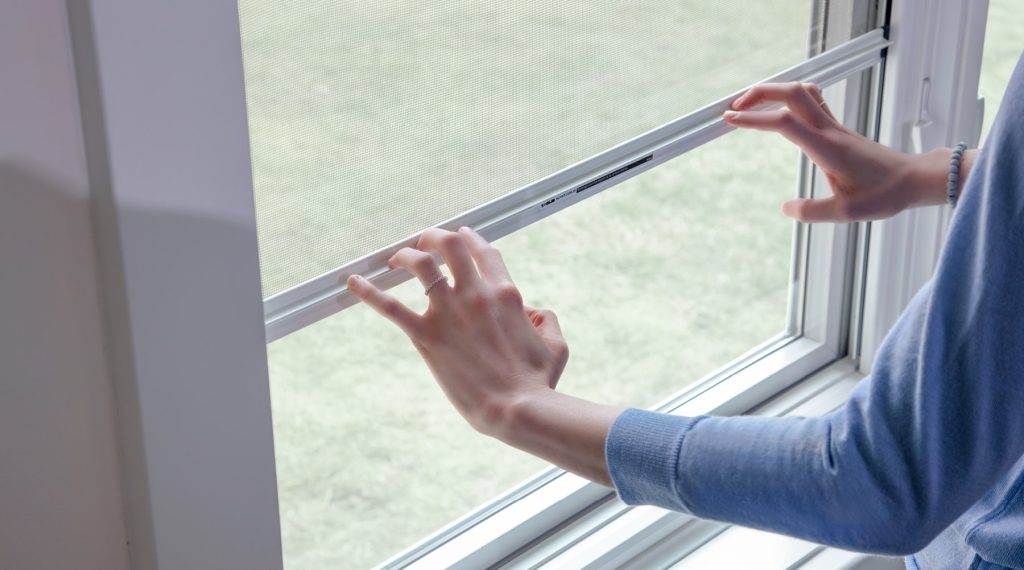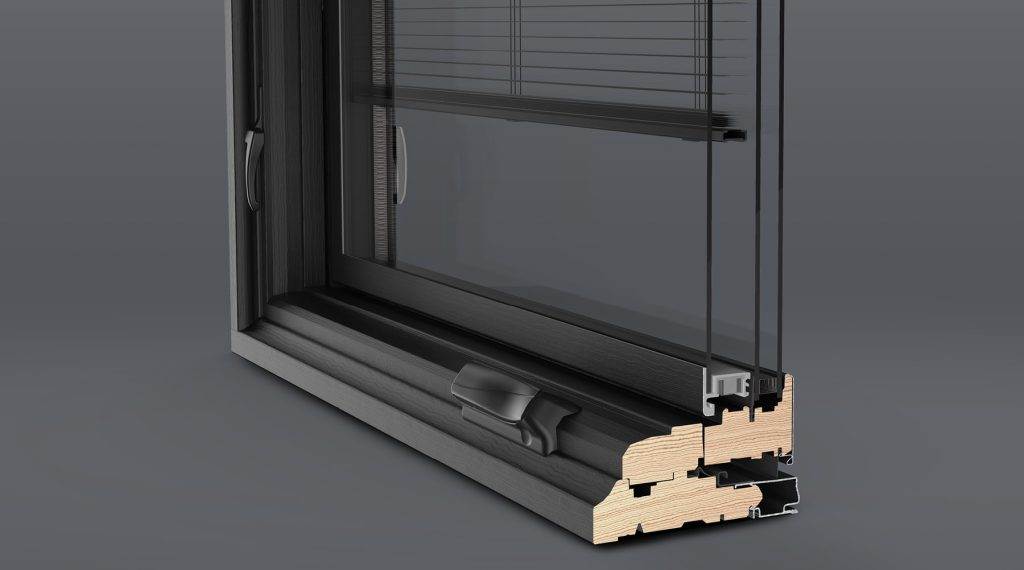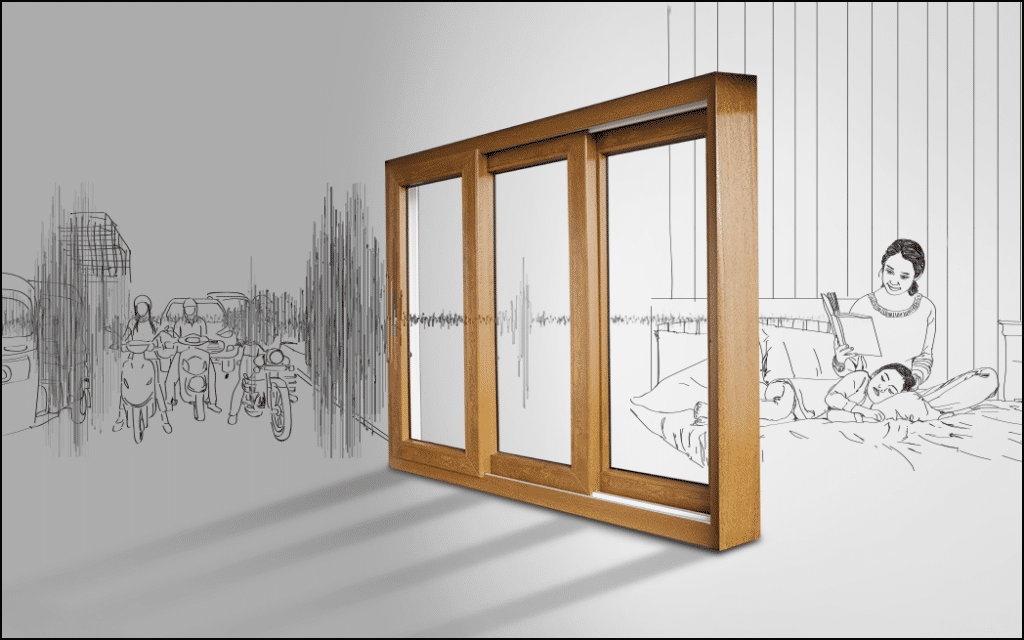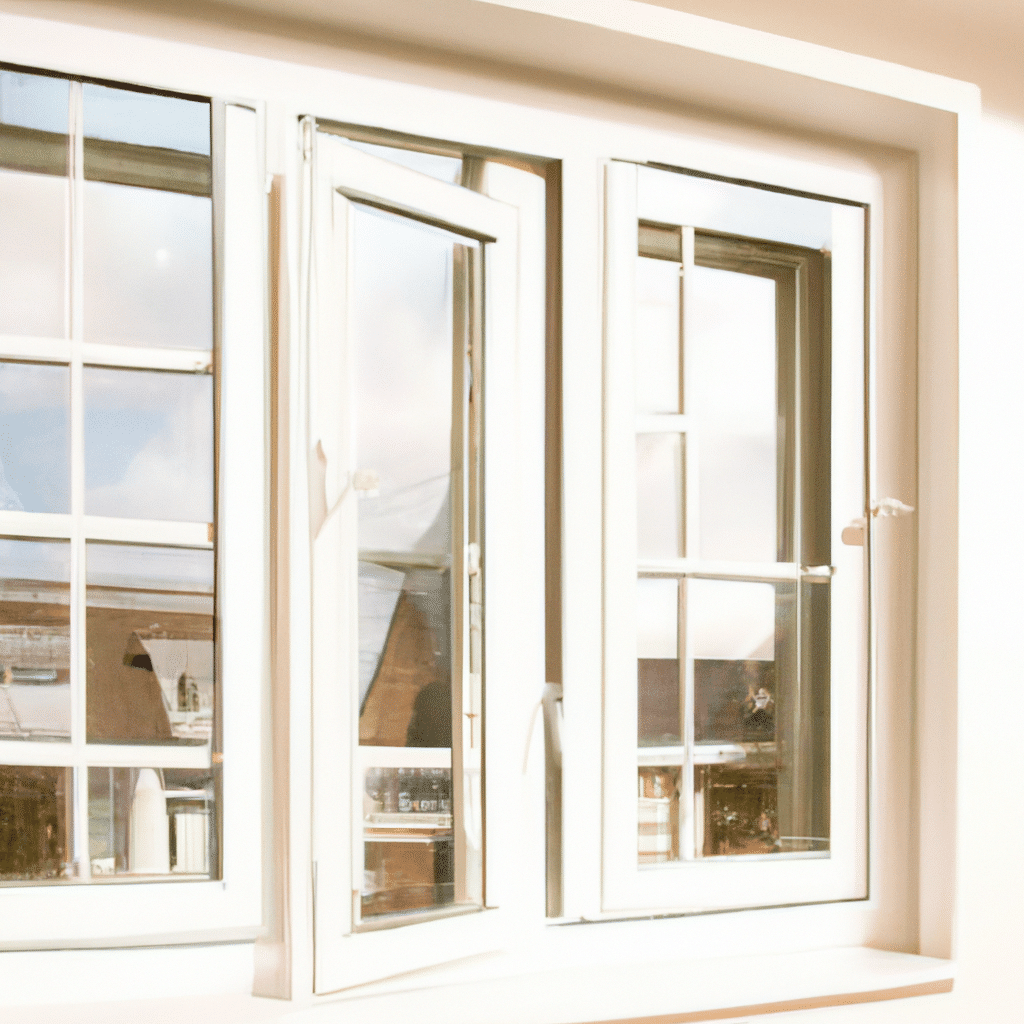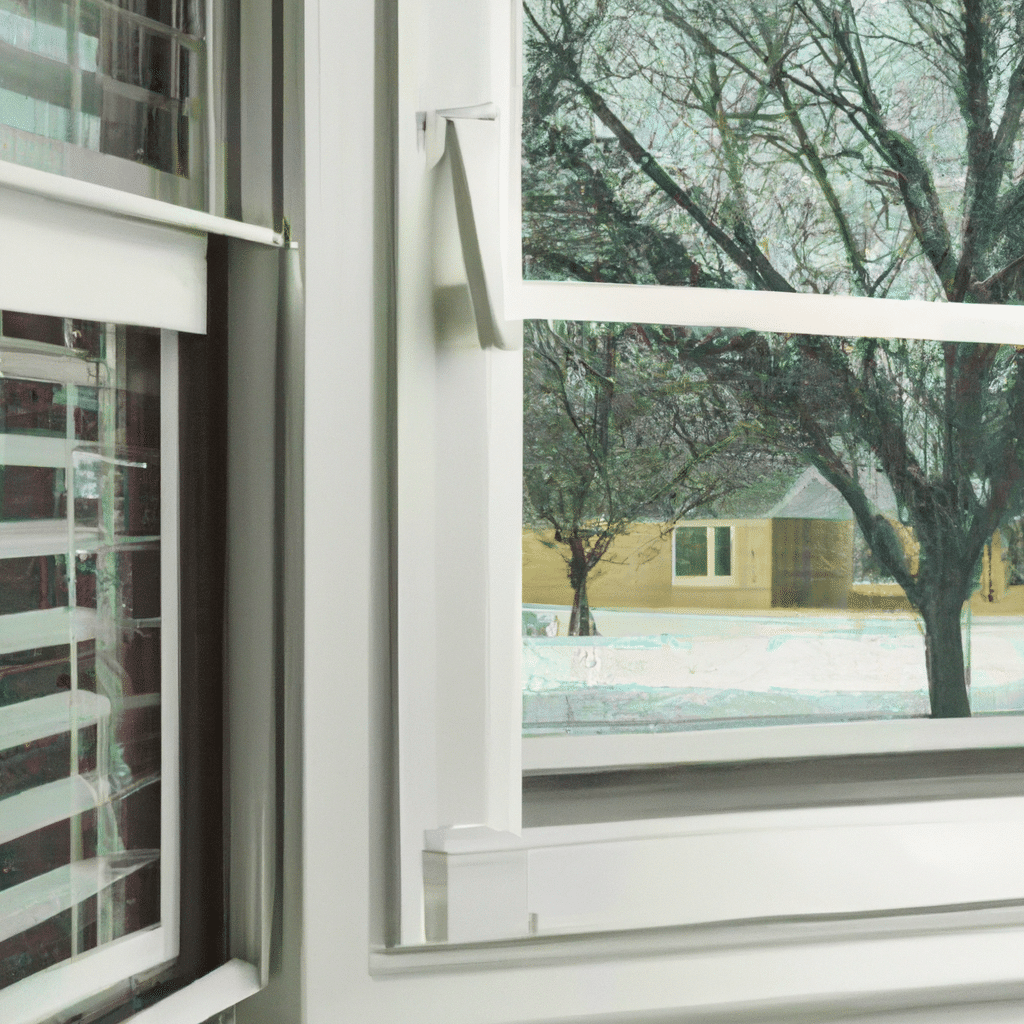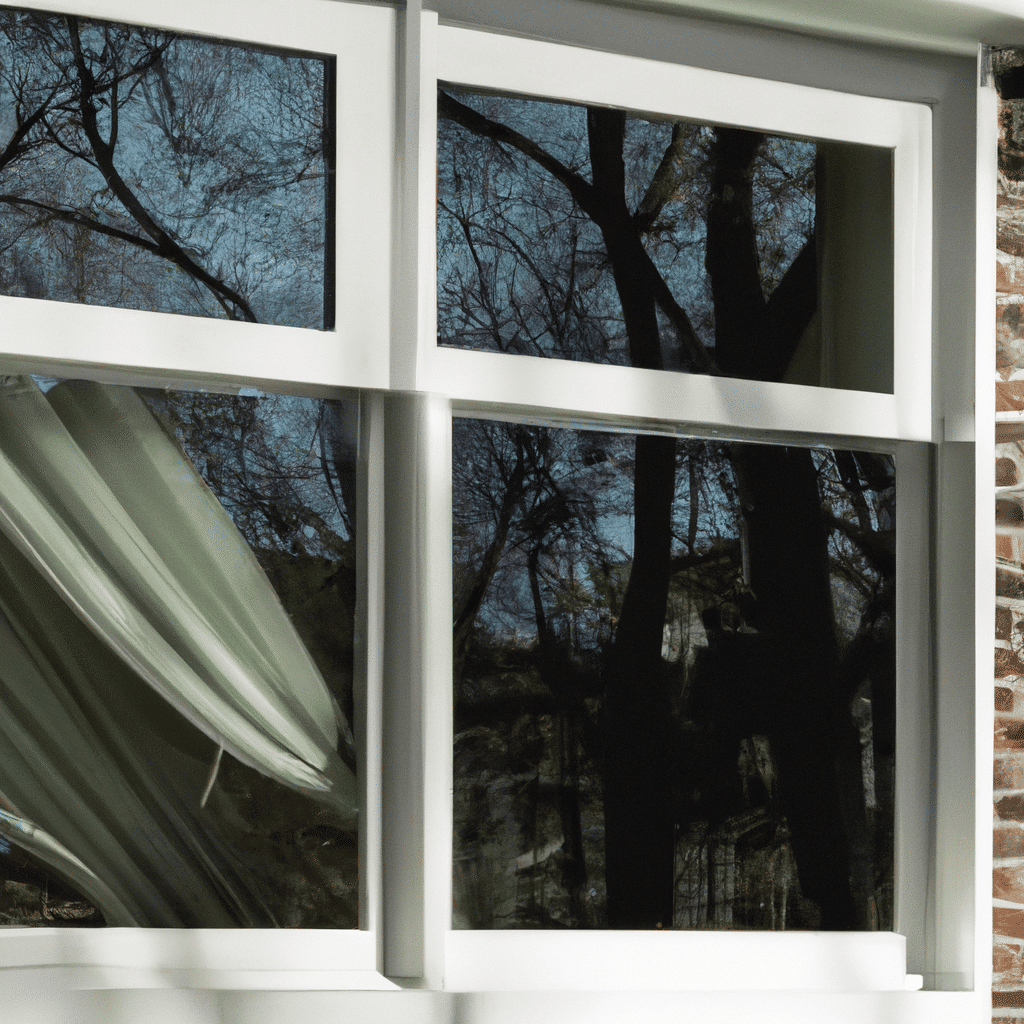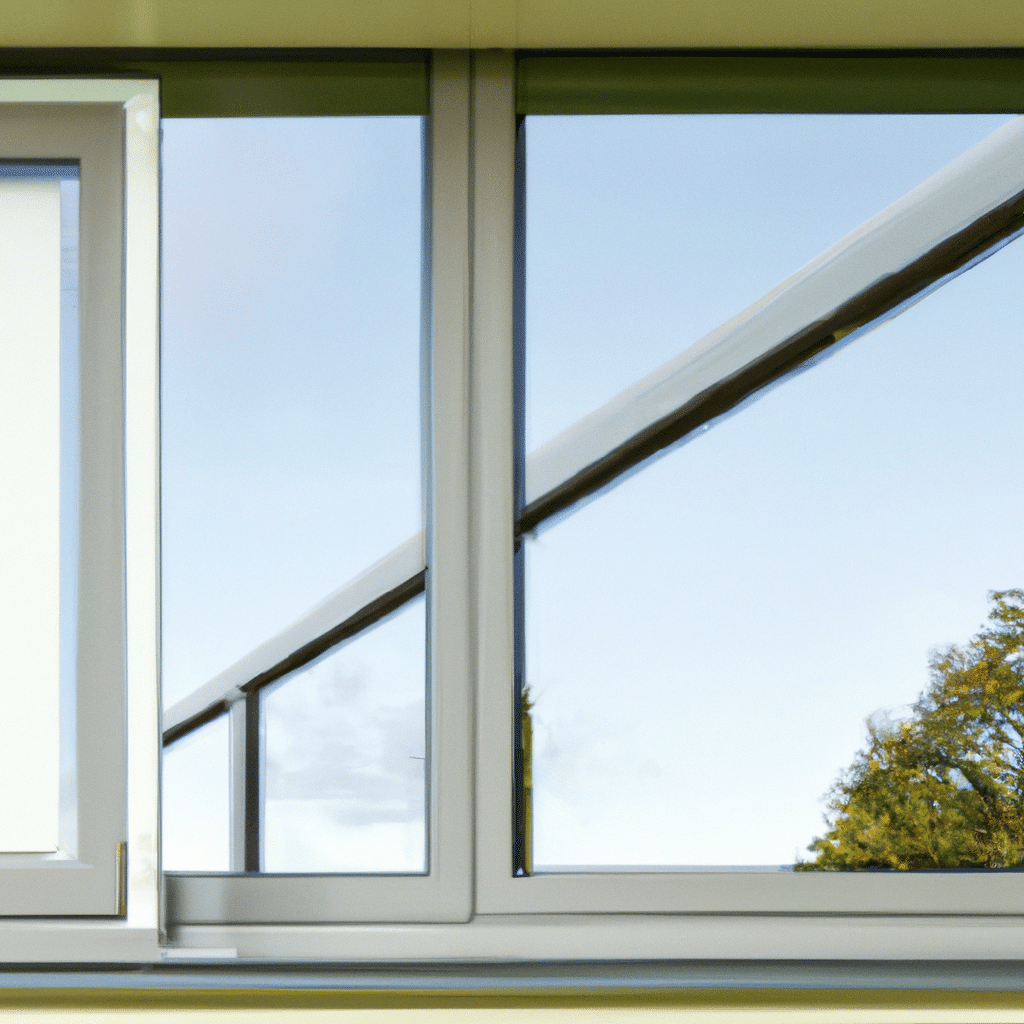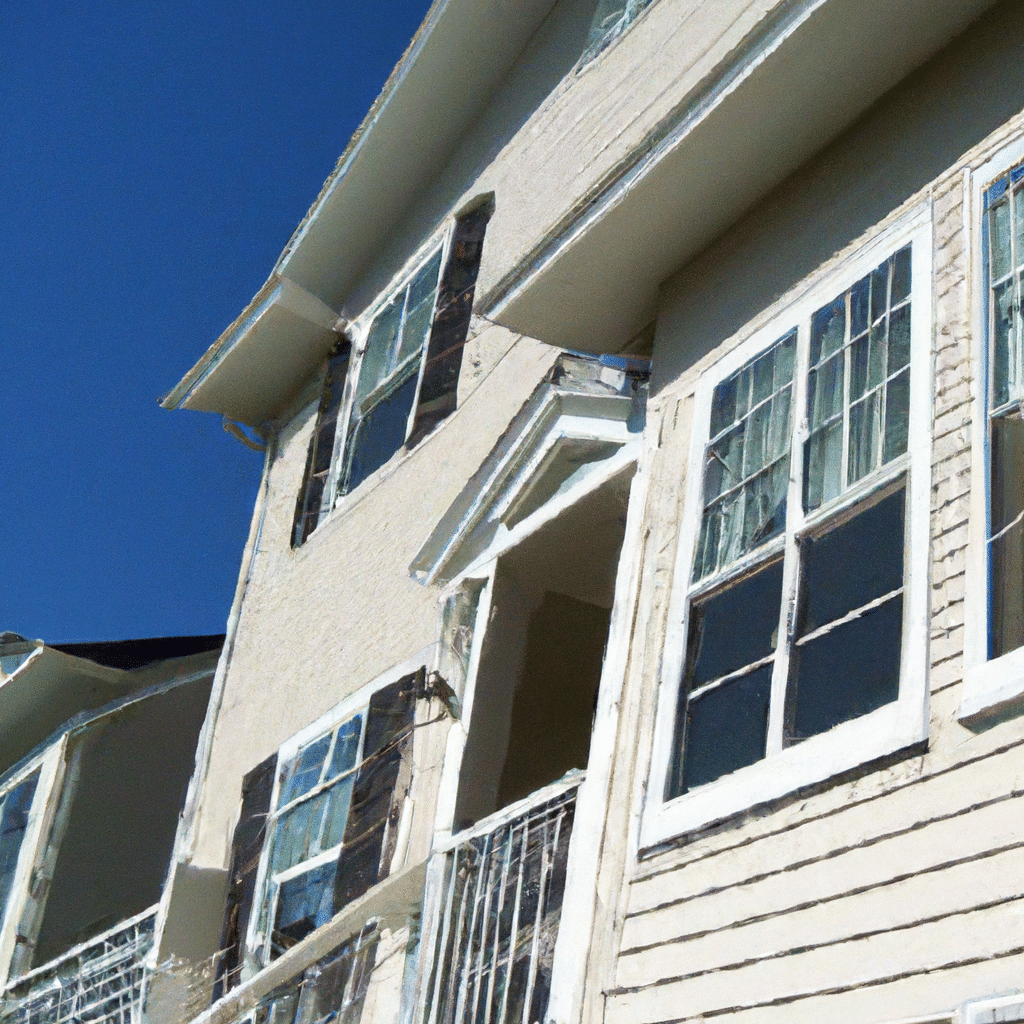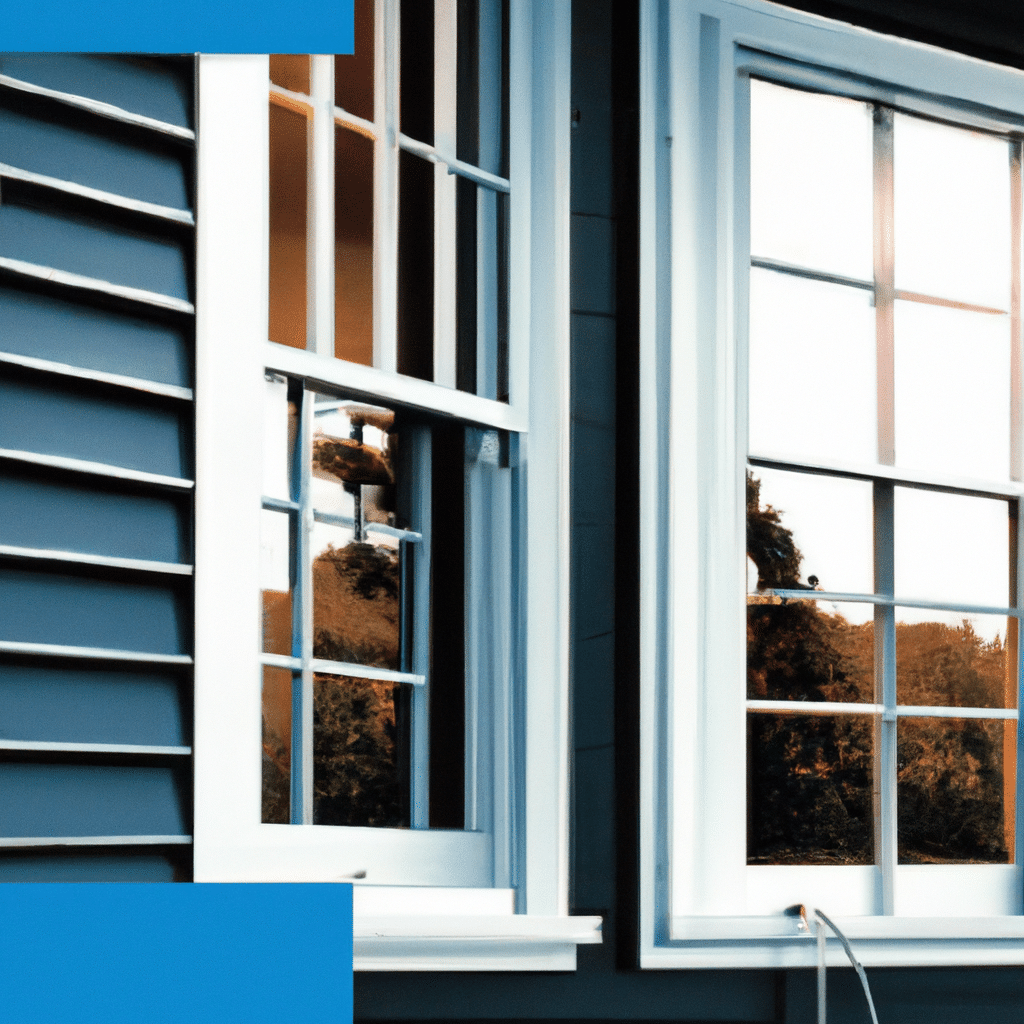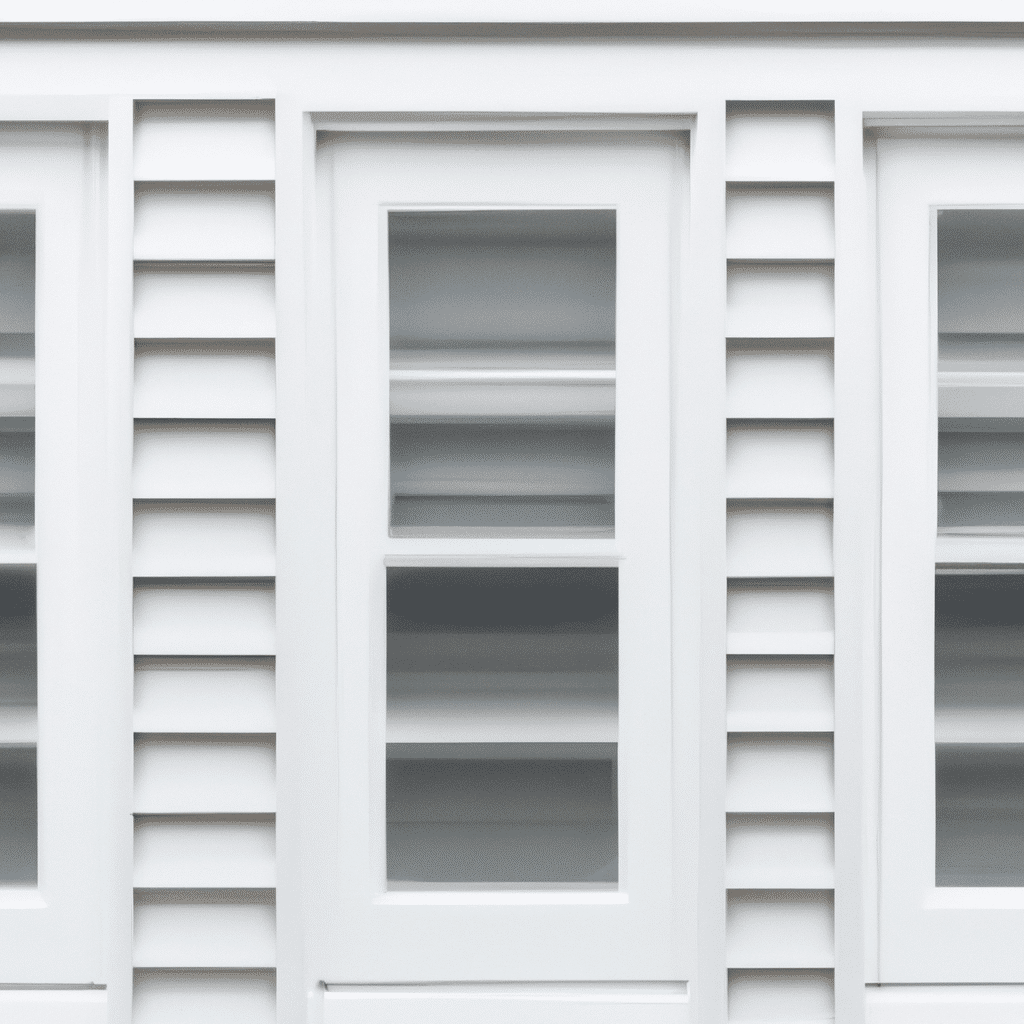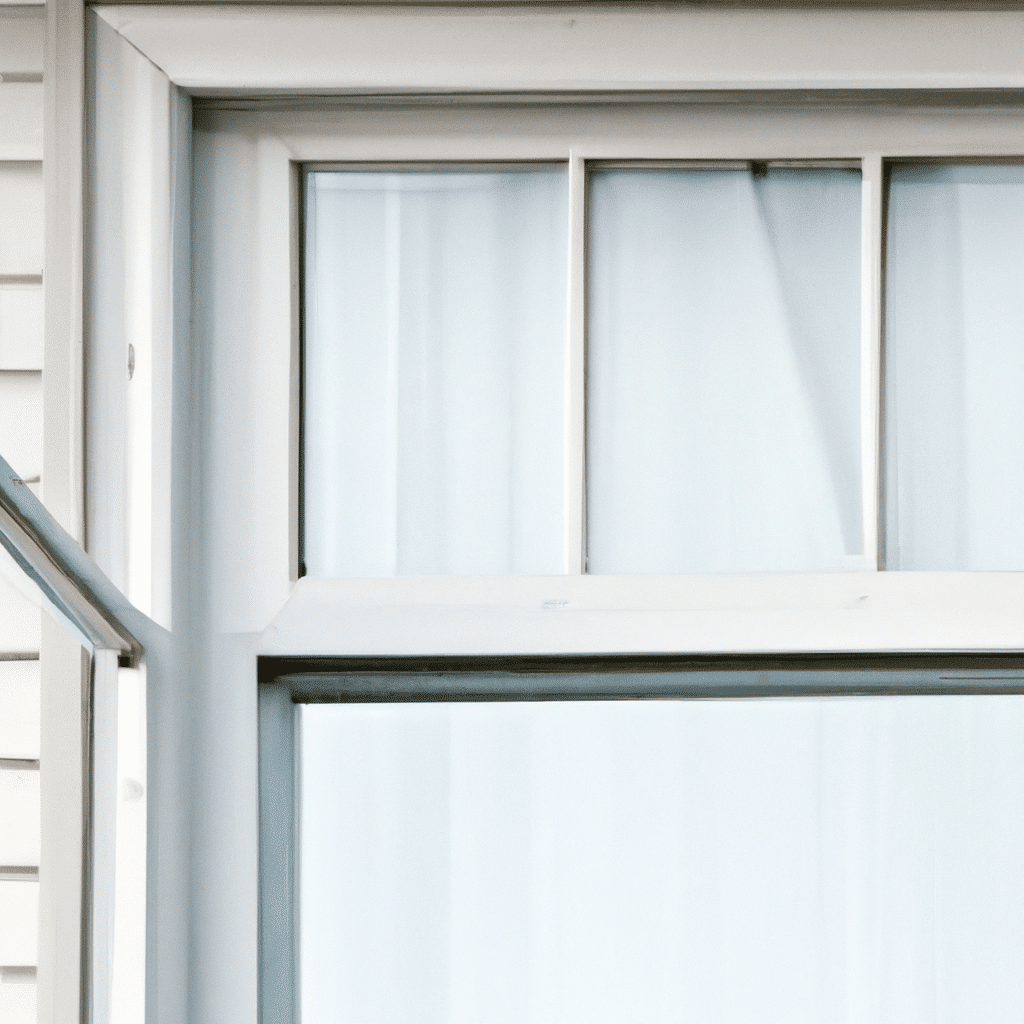So, you’re considering ways to protect your home during hurricane season and the question on your mind is: how do impact windows compare to hurricane shutters? It’s a valid concern, and one that many homeowners face when deciding on the best option for safeguarding their property. Both impact windows and hurricane shutters have their merits, but understanding the differences between the two will help you make an informed choice.
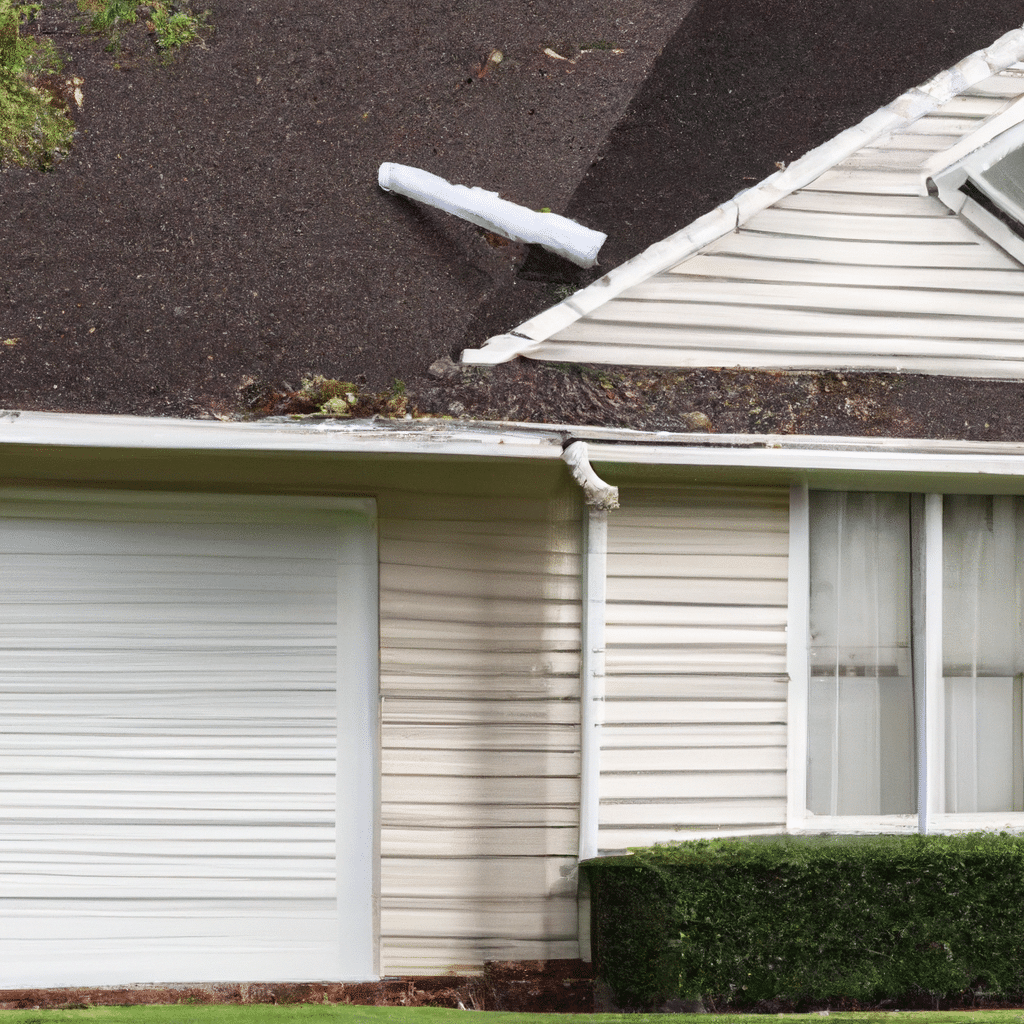
Cost
Initial Cost
When it comes to the initial cost, impact windows generally tend to be more expensive compared to hurricane shutters. Impact windows are made from laminated glass and have a stronger frame, which makes them pricier to manufacture and install. On the other hand, hurricane shutters are usually made from metal or strong polycarbonate materials, which are less costly. However, it’s important to consider the long-term benefits and durability of impact windows when evaluating their initial cost.
Maintenance Cost
In terms of maintenance cost, impact windows have a clear advantage over hurricane shutters. Impact windows require minimal maintenance as they are permanently installed and do not need to be put up or taken down during hurricane seasons. On the other hand, hurricane shutters need to be inspected, cleaned, and maintained regularly to ensure their proper functioning. This can add up to additional maintenance costs over time.
Installation
Process
The installation process for impact windows involves replacing your existing windows with the impact-resistant ones. It requires the expertise of professional installers as the process involves accurate measurements, removal of the old windows, and proper fitting of the new ones. On the other hand, hurricane shutters need to be mounted or installed onto the exterior of your windows or doors. This process can usually be done by experienced homeowners or professional installers, depending on the type of shutters being used.
Time
The installation time for impact windows can take longer compared to hurricane shutters. Since impact windows require precise measurements and custom fitting, the installation process can last a few days or more, depending on the size of your property. On the other hand, installing hurricane shutters can be relatively quicker, especially if you opt for pre-made or easily adjustable shutters. This can be a key consideration if you need protection against an approaching storm in a short amount of time.
Durability
Resistance to Impact
When it comes to resistance against impact, both impact windows and hurricane shutters are designed to withstand the force of flying debris during hurricanes or severe storms. Impact windows are specifically built using laminated glass that is designed to stay intact even when shattered, minimizing the risk of break-ins or damage to your property. Hurricane shutters, on the other hand, offer a strong physical barrier against debris and high winds. The durability of impact windows and hurricane shutters ultimately depends on the quality of materials used and the installation technique.
Longevity
In terms of longevity, impact windows are designed to last for several decades with minimal maintenance. The laminated glass and sturdy frame used in impact windows provide long-term durability and resistance to wear and tear. Hurricane shutters, while also built to withstand storms, may need to be replaced over time due to exposure to the elements or wear from repeated use. Regular inspections and maintenance are key to ensuring the longevity of both impact windows and hurricane shutters.
Maintenance Requirements
As mentioned earlier, impact windows have lower maintenance requirements compared to hurricane shutters. Impact windows are permanently installed, so they do not require any additional steps to prepare for storms. They can be cleaned like any other window and should be regularly inspected for any signs of damage or wear. Hurricane shutters, on the other hand, may require more frequent maintenance such as cleaning, lubrication of moving parts, and replacement of any damaged components to ensure their proper functioning.
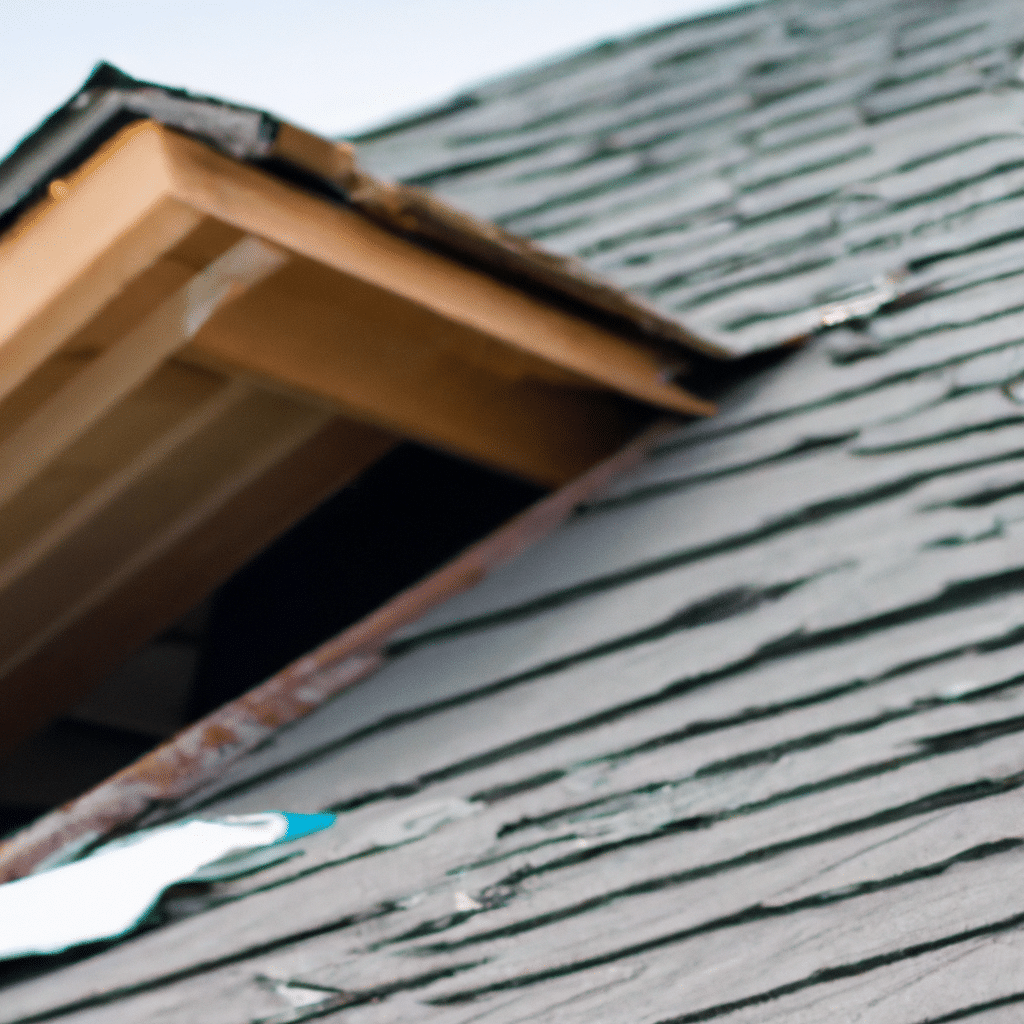
Effectiveness
Protection Against Wind
Both impact windows and hurricane shutters are effective in protecting your home against high winds during hurricanes or severe storms. Impact windows are designed to withstand strong winds and the impact of debris, ensuring that your windows remain intact and preventing wind from entering your home. Hurricane shutters, when properly installed, create a barrier over your windows and doors, preventing the wind from causing damage or entering your home. The effectiveness of both options ultimately depends on the quality of the products and the installation techniques employed.
Protection Against Debris
One of the primary concerns during a hurricane or severe storm is the potential impact of flying debris. Impact windows are designed to withstand the impact of debris without shattering, which helps protect your home from both damage and potential injury caused by shattered glass. Hurricane shutters, when securely installed, create a physical barrier that can also protect your windows and doors from debris impact. However, it’s important to note that the effectiveness of protection against debris depends on the strength and quality of the materials used in the windows or shutters.
Sound Insulation
In addition to protecting your home from hurricanes, both impact windows and hurricane shutters offer benefits in terms of sound insulation. Impact windows, with their laminated glass and sturdy frames, provide better soundproofing compared to standard windows, reducing exterior noise and creating a quieter indoor environment. Hurricane shutters, when properly installed, can also help reduce outside noise to some extent. The level of sound insulation provided by both options may vary depending on the specific materials used, the quality of installation, and the overall design of your home.
Aesthetics
Visibility
When it comes to visibility, impact windows are designed to offer a clear and unobstructed view. Their sleek design and large windowpanes allow for ample natural light to enter your home and provide an unobstructed view of the outdoors. On the other hand, hurricane shutters, depending on the type chosen, may partially or fully obstruct your view when they are deployed. While some shutters have small gaps for visibility, others may completely block the view. Consider your preference for visibility when choosing between impact windows and hurricane shutters.
Design Options
Impact windows come in a variety of styles and designs to match the aesthetics of your home. Whether you prefer a traditional or modern look, you can find impact windows that blend seamlessly with your overall design scheme. Additionally, impact windows are available in different frame colors, allowing you to customize the appearance of your windows. Hurricane shutters also offer some design options, such as different colors and materials, but they may not provide the same level of customization as impact windows. Consider the design options available and how they align with your home’s overall aesthetic when making your decision.
Energy Efficiency
Insulation
Both impact windows and hurricane shutters contribute to increased energy efficiency in your home. Impact windows, with their laminated glass and sturdy frames, offer better insulation compared to standard windows. They help regulate indoor temperatures by reducing heat transfer, preventing air leaks, and minimizing the need for excessive heating or cooling. Hurricane shutters, when properly installed, also provide an additional layer of insulation by reducing drafts and heat gain. Ultimately, the insulation benefits of impact windows and hurricane shutters can contribute to lower energy consumption and reduced utility bills.
Savings on Utility Bills
Due to their improved thermal insulation properties, both impact windows and hurricane shutters can help you save on your utility bills. By reducing heat gain in the summer and heat loss in the winter, impact windows and hurricane shutters help to maintain a more consistent indoor temperature. This can reduce the workload on your heating and cooling systems, leading to lower energy consumption and potentially significant savings on your energy bills over time. Consider the energy efficiency benefits of both options and how they align with your long-term cost-saving goals.
Security
Burglary Protection
In addition to providing protection against hurricanes, impact windows and hurricane shutters also enhance the security of your home against burglaries or break-ins. Impact windows, with their laminated glass and fortified frames, offer a significant deterrent to potential intruders. The strong construction of impact windows makes it extremely difficult for burglars to penetrate or shatter the glass, effectively safeguarding your home and belongings. Similarly, hurricane shutters, when securely installed, create a physical barrier that adds an extra layer of protection against forced entry. Both options contribute to the overall security and peace of mind for homeowners.
Safety from Accidents
Aside from natural disasters and security concerns, impact windows and hurricane shutters also provide safety benefits in the event of accidents or unexpected incidents. Impact windows, with their shatter-resistant glass, help prevent injuries caused by shattered glass shards during accidents or storms. The laminated glass used in impact windows remains intact even when broken, reducing the risk of cuts or other injuries. Hurricane shutters, when installed properly, offer a similar level of safety by preventing glass breakage and potential harm from flying debris. Considering the safety aspects of both options is essential for protecting your family and minimizing potential risks.
Maintenance
Cleaning
Maintaining clean windows is an essential part of home maintenance. Impact windows, similar to regular windows, can be cleaned using standard glass cleaning solutions and techniques. However, it’s important to avoid abrasive materials that can scratch the glass or damage the frame. Regular cleaning is recommended to ensure optimal clarity and visibility. Hurricane shutters, depending on their material and design, may require different cleaning methods. Metal shutters can be wiped clean with a damp cloth or washed with mild soapy water, while polycarbonate shutters may need more delicate cleaning techniques to avoid scratches or clouding.
Repairs and Replacements
While impact windows are designed to be durable, they may still require occasional repairs or replacements due to wear and tear, accidental damage, or severe storms. In the event of damage, the specific components affected will determine the extent of the repairs needed. These repairs are typically handled by professional window contractors who specialize in impact windows. On the other hand, hurricane shutters may also require repairs or replacements over time, especially if they have been exposed to severe weather conditions. The complexity and cost of repairs/replacements will depend on the type of shutter and the extent of the damage.
Insurance Benefits
Discounts
Choosing impact windows or hurricane shutters can often result in insurance premium discounts. Many insurance companies recognize the added protection and security provided by these storm mitigation features and offer incentives to homeowners who invest in them. By installing impact windows or hurricane shutters, you may be eligible for discounts on your homeowner’s insurance premiums. It’s essential to check with your insurance provider to understand their specific requirements and any potential savings you may be eligible for.
Policy Requirements
In some areas prone to hurricane or storm damage, insurance policies may require certain storm mitigation measures to be in place. This could include the installation of impact windows or hurricane shutters in order to qualify for coverage or receive full reimbursement for damage caused by a storm. It’s important to review your insurance policy and consult with your insurance provider to ensure that you meet any specific requirements, including the installation of impact windows or hurricane shutters. Compliance with these policies not only ensures coverage but also provides valuable protection for your property.
Resale Value
Effect on Property Value
Investing in impact windows or hurricane shutters can positively impact the resale value of your home. These storm mitigation features provide potential buyers with peace of mind and added security, which can make your home more appealing. Impact windows, in particular, offer long-term benefits and durability that can be attractive to potential buyers looking for a well-protected and energy-efficient home. Additionally, the aesthetic appeal of impact windows can enhance the overall curb appeal and value of your property. Similarly, having hurricane shutters in place can also be seen as a valuable asset that increases the desirability and potential resale value of your home.
Buyer Preference
With the increasing awareness of the importance of storm protection, many buyers prioritize homes that already have impact windows or hurricane shutters installed. The added security and energy efficiency benefits are highly valued by potential buyers, making properties with these features more attractive in the market. Buyers may also appreciate the convenience and peace of mind that comes with having impact windows or hurricane shutters, as they do not have to worry about shutting or opening shutters during storms. By offering these storm mitigation features, you cater to the preferences of safety-conscious buyers, potentially attracting more interest and increasing your chances of a successful sale.
In conclusion, impact windows and hurricane shutters both offer valuable storm protection, but they differ in terms of cost, installation, durability, effectiveness, aesthetics, energy efficiency, security, maintenance, insurance benefits, and resale value. Carefully considering the specific needs and preferences of your home, as well as assessing factors such as location, budget, and long-term goals, can help you make an informed decision. Whether you choose impact windows or hurricane shutters, investing in storm protection is essential to safeguard your property, ensure the safety of your family, and potentially enjoy benefits such as insurance discounts and increased property value.

